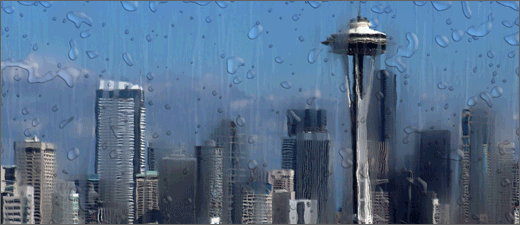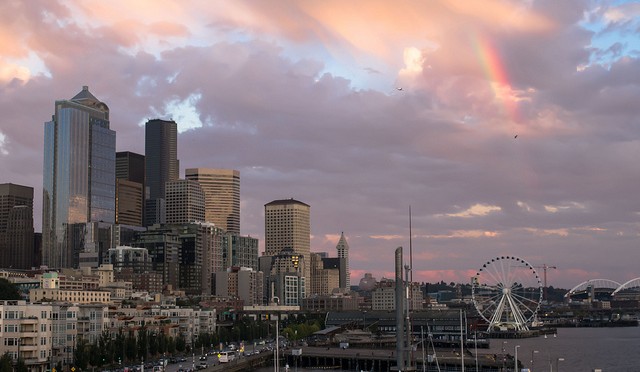Seattle residents enjoy the advantage of being able to collect rainwater for both non potable and potable use.
A single family residence can supplement city water for whole house use with rainwater. Rainwater collection has many benefits to the home owner – whether intended for irrigation or household use. Toilet flushing, laundry facility, and wash down are non potable uses that can save water consumption and money on monthly bills.
Systems can be easily installed for new construction or retro-fitted for existing homes. According to the American Water Works Association (AWWA) non potable usage accounts for approximately 52% of residential usage. We know that collected rainwater helps supply nutrients to soil and provides naturally soft water for bathing and washing. With proper filtration and disinfection, the collected rainwater can be used for potable demands (sinks, showers, and drinking water), which account for the other 48% demand.
An average 2,000 square foot roof in Seattle will see over 44,000 gallons of roof runoff annually.
This runoff either enters the city’s stormwater system or enters its combined sewer system. The latter can result in intentional release into the Puget Sound when system are overwhelmed. The City of Seattle is mandated by the Federal Government to meet these challenges by requiring onsite infiltration of all new construction.
Seattle Public Utilities, along with King county, have the daunting task of mapping, upgrading and replacing an outdated public stormwater system. This federally required mandate will be lengthy and expensive.
Decentralized systems are the future.
RainBank Rainwater Systems designs and constructs systems for our clients’ specific needs. We calculate amounts available, usage, storage and automate systems to switch from city water to rainwater, depending on the seasons’ rainfall amounts and the desired usage. This technique optimizes roof runoff to demand, reducing stormwater while lowering city water usage. The water quality is superior, it is good for our Puget Sound and waterways, and it will reduce monthly water bills. We live in an area that is ideal for rainwater collection are you taking advantage of that.



 The water supply prediction scenarios from Seattle Public Utilities are in – and the outlook isn’t good for Seattle and Washingtonians.
The water supply prediction scenarios from Seattle Public Utilities are in – and the outlook isn’t good for Seattle and Washingtonians.